Semi Automatic Cashew Nut Cutting Machine
19000 आईएनआर/Unit
उत्पाद विवरण:
- क्षमता किलो/घंटा
- ऑटोमेटिक
- वोल्टेज वोल्ट (v)
- फ़ीचर , , , ,
- अधिक देखने के लिए क्लिक करें
X
मूल्य और मात्रा
- 1
उत्पाद की विशेषताएं
- किलो/घंटा
- , ,
- वोल्ट (v)
व्यापार सूचना
- , , , ,
- , , , , , , , ,
- , , , , , , , , , , , , , , , , , , , , , , , , , , , , , , , , , , , , , , , , ,
- ISO
उत्पाद वर्णन
Key Features:
-
Cutting Mechanism:
- Blades or Cutters: The machine typically uses sharp blades or cutters to slice through the cashew nuts. These can be adjustable to accommodate different sizes of nuts.
- Feed System: Nuts are fed into the machine either manually or through a semi-automatic feeder system, which then directs them to the cutting area.
-
Operation:
- Semi-Automatic Control: While the machine handles the cutting process, some manual input is usually required, such as feeding the nuts into the machine and possibly handling the output.
- User Interface: Most machines come with a simple control panel for adjusting settings like cutting size or speed.
-
Capacity:
- Processing Volume: The capacity can vary, with machines designed for small to medium-scale operations. They are generally less suited for very high-volume production compared to fully automatic machines.
-
Safety Features:
- Protective Guards: To prevent accidents, these machines usually have safety guards around the cutting blades.
- Emergency Stop: An emergency stop button or feature is standard to quickly halt operations if needed.
-
Maintenance:
- Cleaning: The machine should be easy to disassemble for cleaning purposes, especially to prevent contamination and maintain hygiene.
- Maintenance: Regular maintenance is required to keep the blades sharp and ensure smooth operation.
-
Output Quality:
- Consistency: The machine should provide a consistent cut to ensure uniformity in the processed cashew nuts.
-
Build Quality:
- Material: Typically made from durable materials like stainless steel to handle the physical demands and to resist corrosion.
Benefits:
- Efficiency: Reduces manual labor compared to cutting nuts by hand.
- Consistency: Provides a more uniform cut than manual methods.
- Speed: Increases the processing speed, allowing for higher throughput.
Tell us about your requirement

Price: Â
Quantity
Select Unit
- 50
- 100
- 200
- 250
- 500
- 1000+
Additional detail
मोबाइल number
Email

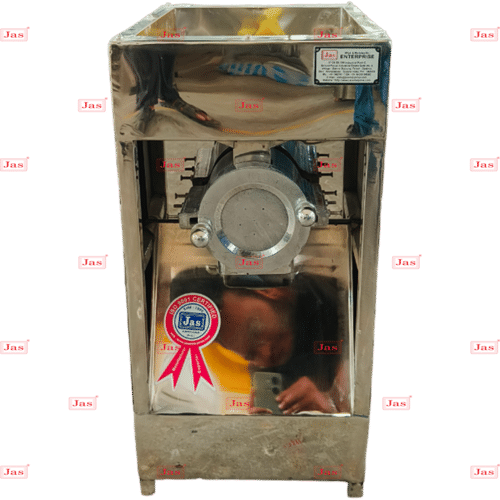
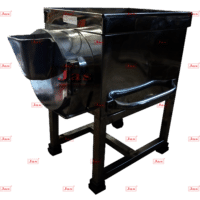


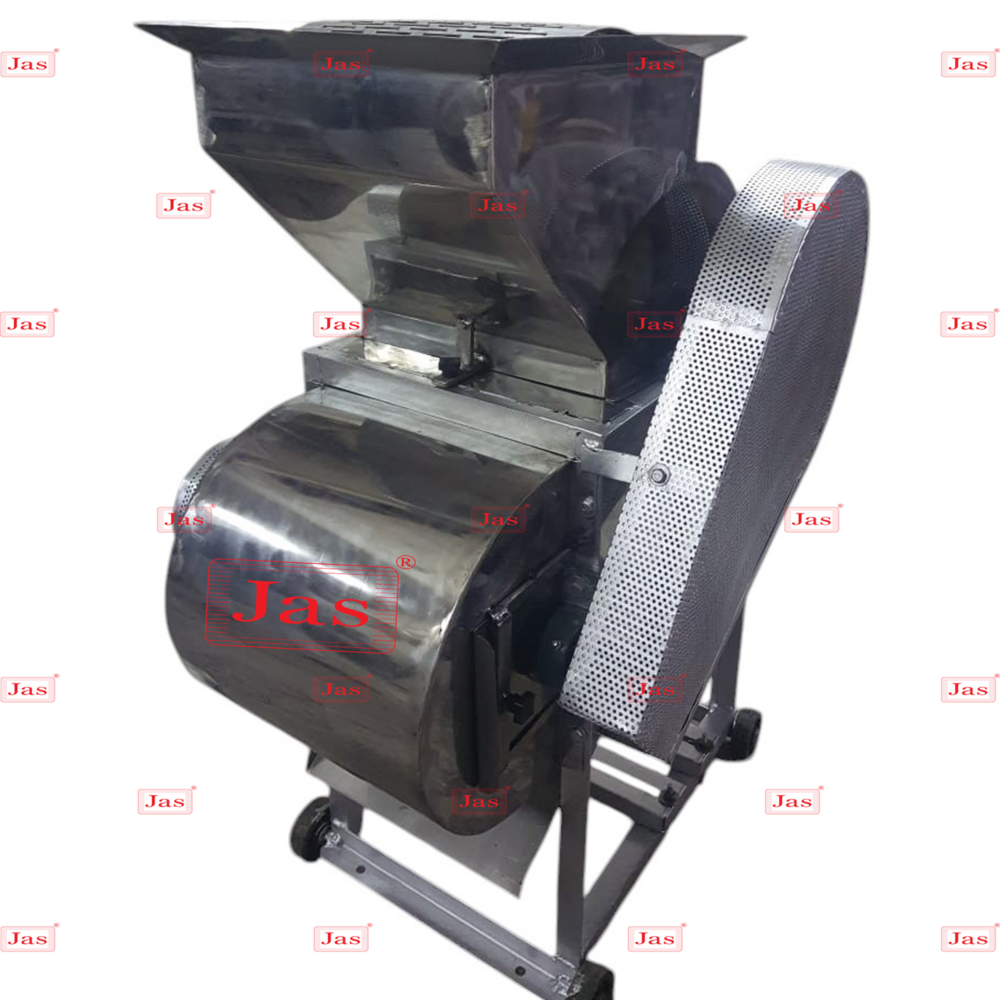
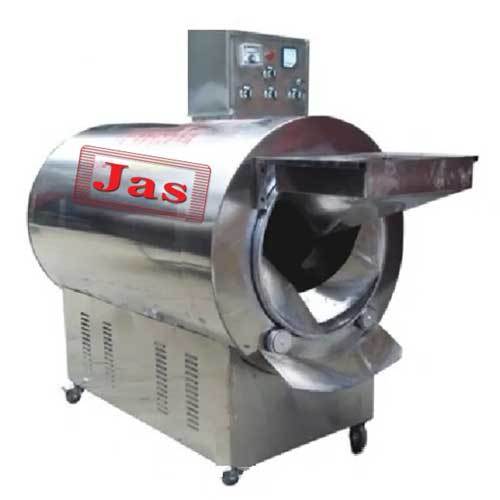
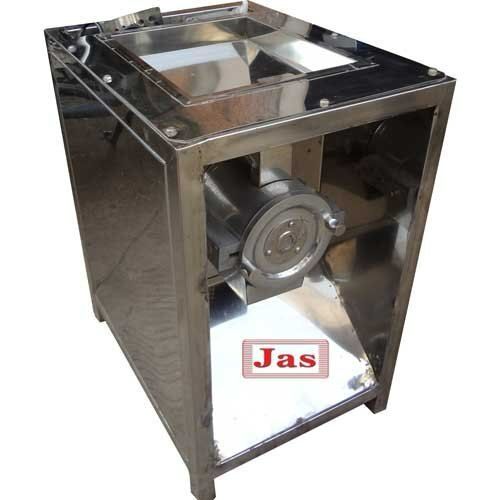
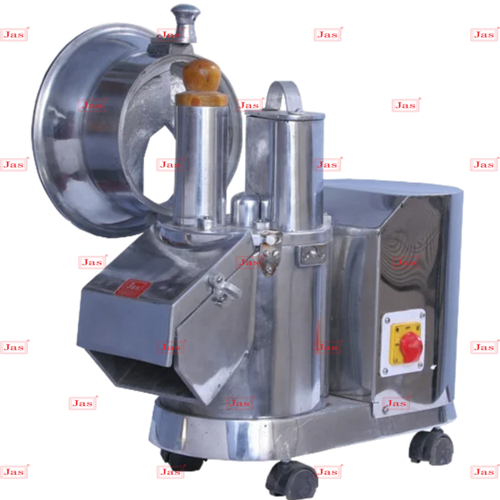


 जांच भेजें
जांच भेजें एसएमएस भेजें
एसएमएस भेजें मुझे निःशुल्क कॉल करें
मुझे निःशुल्क कॉल करें